The results of the new field garden continue to be interesting. I assumed the germination rate would be low. It’s not. Don and I planted this garden as an afterthought; we’d both long since started our usual gardens and did not plant this field until the end of June/beginning of July. At the time of writing July is drawing to a close and everything is up. The germination rate was 90%. The new plants are racing to catch up with the season. There have been plenty of thunderstorms and the clay field soil drains very slowly. So far, water has not been a problem in the field.
There are no simple ingredients in a garden. Everything that comes into the visible world is a phenomenon from an invisible world, where our deliberate interventions are like hammer blows on a Swiss watch as we single out particular garden plants. The weeds wait in the background, clustering around the periphery, looking in through the fence, watching us “fix the watch.” At least that’s what it feels like for me.
The Southern Skylark uses the picaresque formula of late 18th century novels, where a string of absurd and ironic episodes leads to a questionable moral of some kind at the end. My narrator, Mr. Hingely, who provides the novel's point of view, is a relentlessly British gentleman, educated, not rich, but well enough off to turn himself loose in the world, and is enamoured of the Romantic poets. He comes to America by mischance in the 1830s and immediately discovers 19th-century American slavery. He responds with disgust, curiosity and confusion. Even as a kind of early tourist, he is inescapably morally entrapped by even incidental contact with the sheer evil of the slave system.
Stories about wealth seem most often framed from above, the point of view being that of the wealthy, or from below, the poorer ranks of society. It may be that telling a story from the poverty perspective is generally easier for writers, for whom the topic hits close to the mark. The choice of an extremely simple novel form, told from a middling point of view by a single narrator, coming from outside the culture, seemed best for approaching race and slavery, two of the most radioactive subjects in American culture.
The episodic novels of the late 18th century were comedies, even when the hero was hung at the end. The Southern Skylark borrows from that tradition. It’s a comedy, albeit a serious one. Other inspirations include Herman Melville’s The Confidence-Man, the comic stories of Charles Farrar Browne writing as Artemus Ward, and not least Edgar Allen Poe.
Oddity lends itself to humor, and the sheer oddness of Virginia in the 1830s is not easy to exaggerate. Virginia in the last heyday of slavery was technologically and scientifically little more developed than ancient Rome in many ways, despite the recent introduction of steam power from Great Britain. The match had just been invented, which made cigars much easier to smoke, but matches had to be imported. The society of the slaveholders was content with a technological and intellectual culture not much more subtle or advanced than the culture of the Caesars. The 19th Century had gunpowder, but the ancient Romans had better civil engineering, architecture and plumbing.
It seems that most slaveholders, slaves and non-slaveholders caught in the web of post-colonial Virginia civilization may well have been inured to the harshness of the slave system. They were no more self-reflexive generally than people are today in our civilization. Every class of person—slaves, slaveholders, family farmers, tenants, governors, doctors and lawyers—was built into the institutional wall. Tremendous imagination was necessary to escape the limitations of the age.
The intelligent citizens of Virginia in the 1830s knew that a society whose wealth was built on slavery could be compared to the needle of a precipice—no way off but down. Theirs was a wholly anachronistic world where flashes of medievalism seemed almost like progress, a horrific wonderland whose citizens still keenly felt the sense of an American destiny passed down just a generation before from the Founding Fathers. In 2019 we are still surrounded by the American rhetoric of this world, with its paradoxes of liberty and subjection. In particular, we are still living its race rhetoric. This needs to be written about, and thus The Southern Skylark.
The familiar pangs of the human emotions have probably never changed. They go all the way back. Emotions are always modern. However, in writing about the past, I try to recognize that the “feelings” of the people of the past were not exactly the same as ours. Feelings are not the same thing as emotions; human feelings are partly built up from social understandings, and include a mélange of routine expectations peculiar to time and place and tribe. This should be an obvious point.
The subjectivity of bygone historical time is fairly impossible to capture. Nonetheless, there are splendid reasons to try. People are still being killed today by the cultural aftermath of American slavery. There are things we need to know. An enormous amount of primary material from 1830s Virginia exists, especially newspapers. Over the last century and a half, generations of scholars have steadily produced history and interpretation of the economics and politics of the era. The Southern Skylark offers a novelist's attempt to understand and interpret.
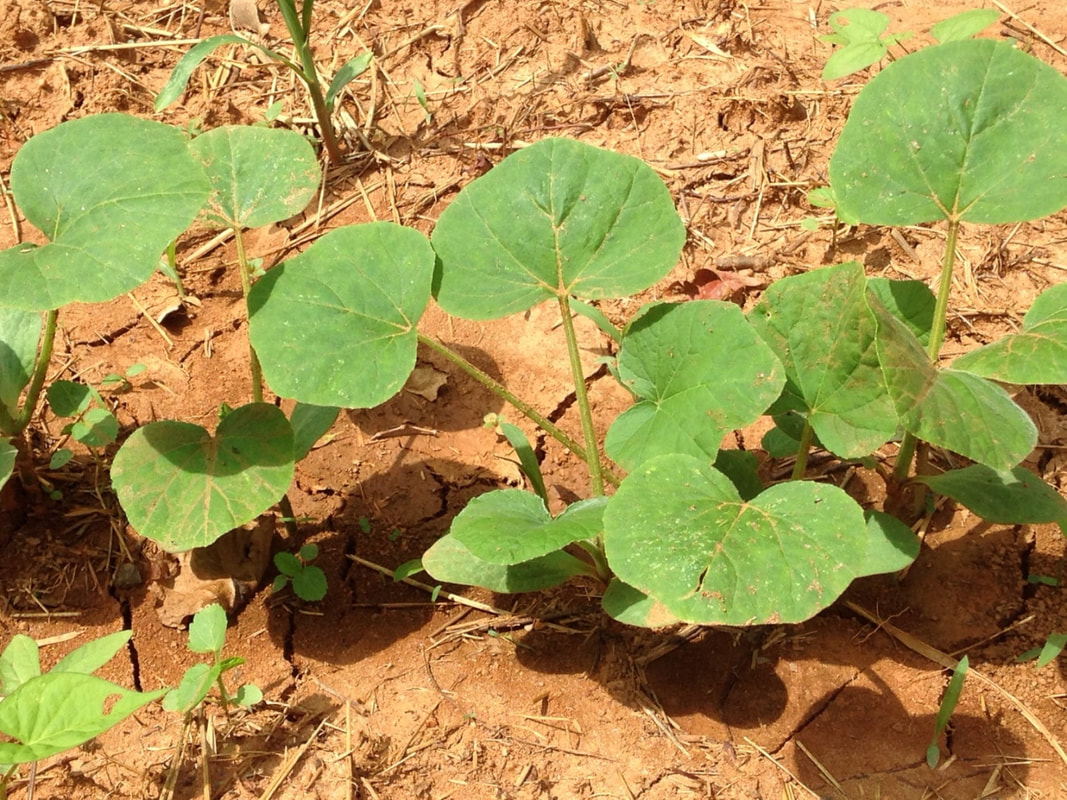
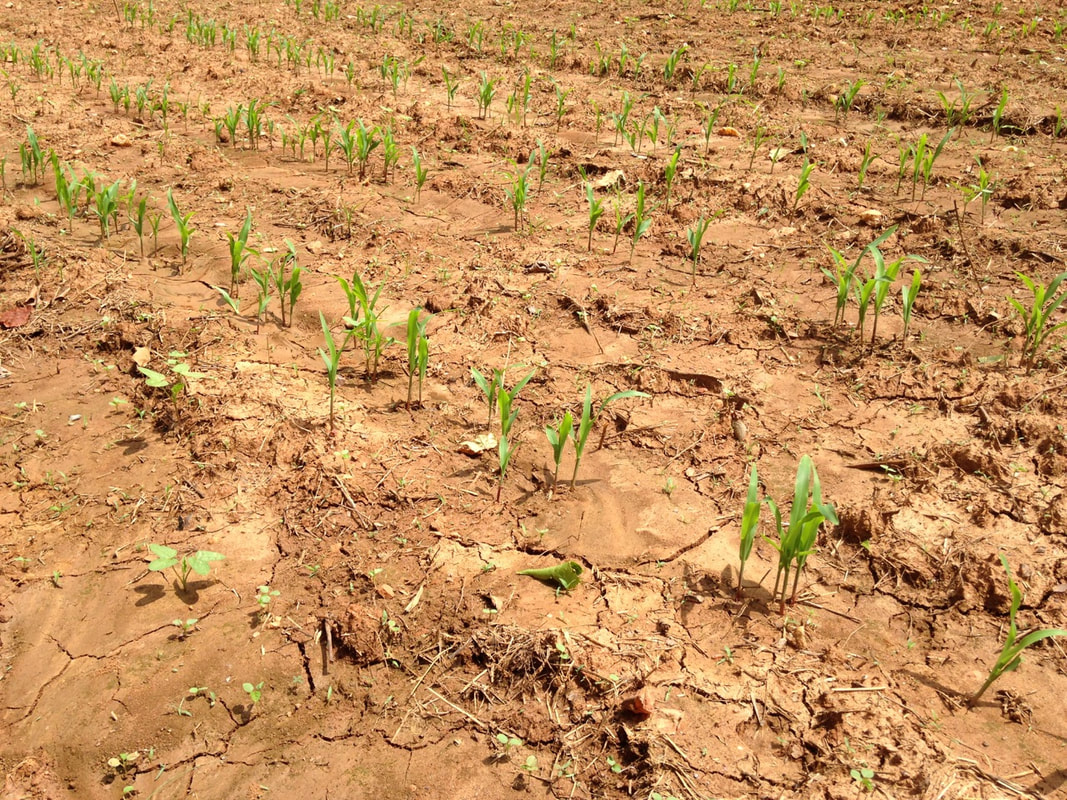
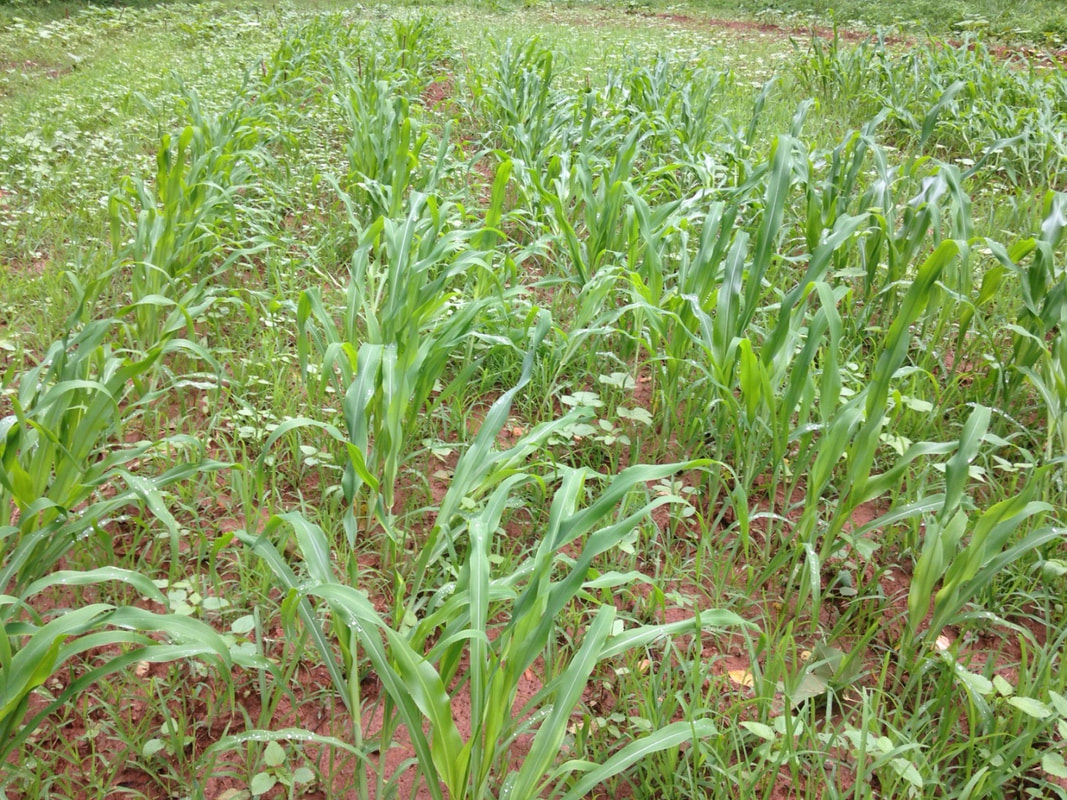
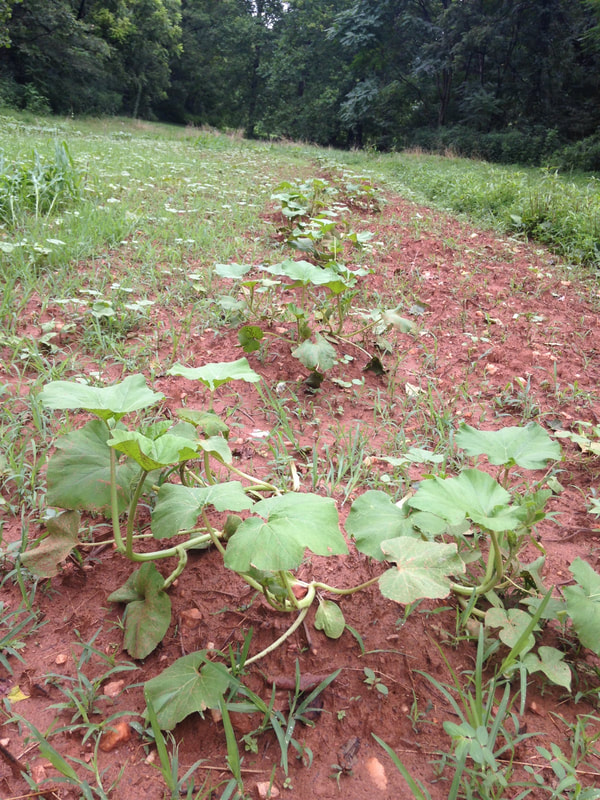
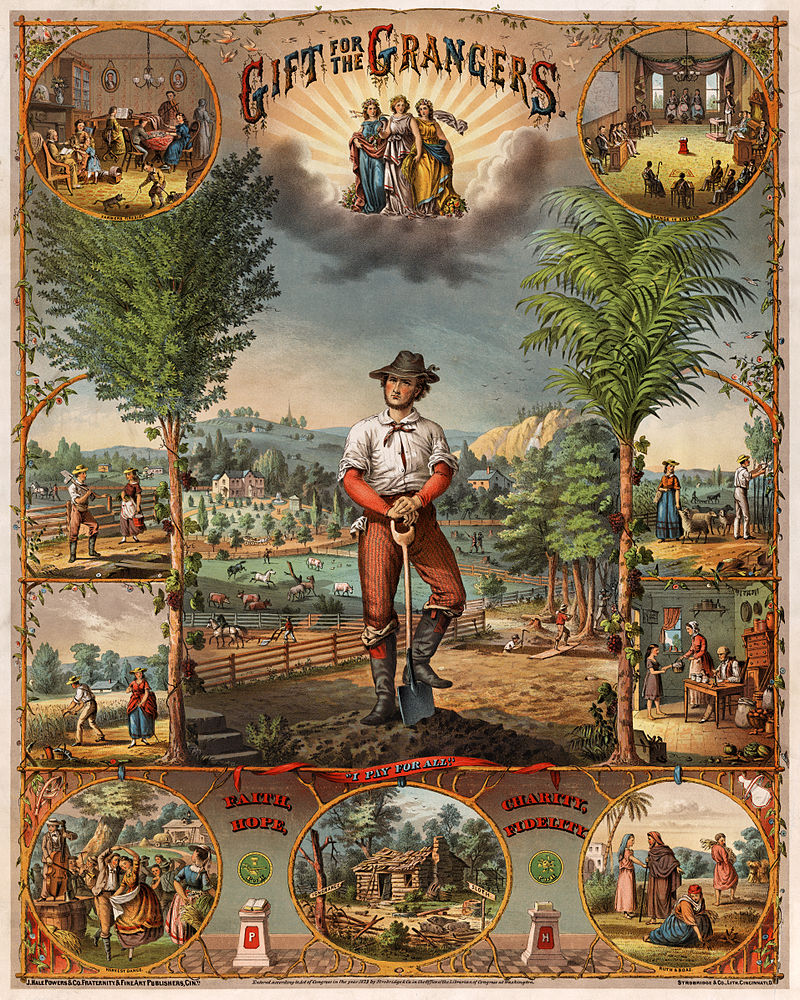
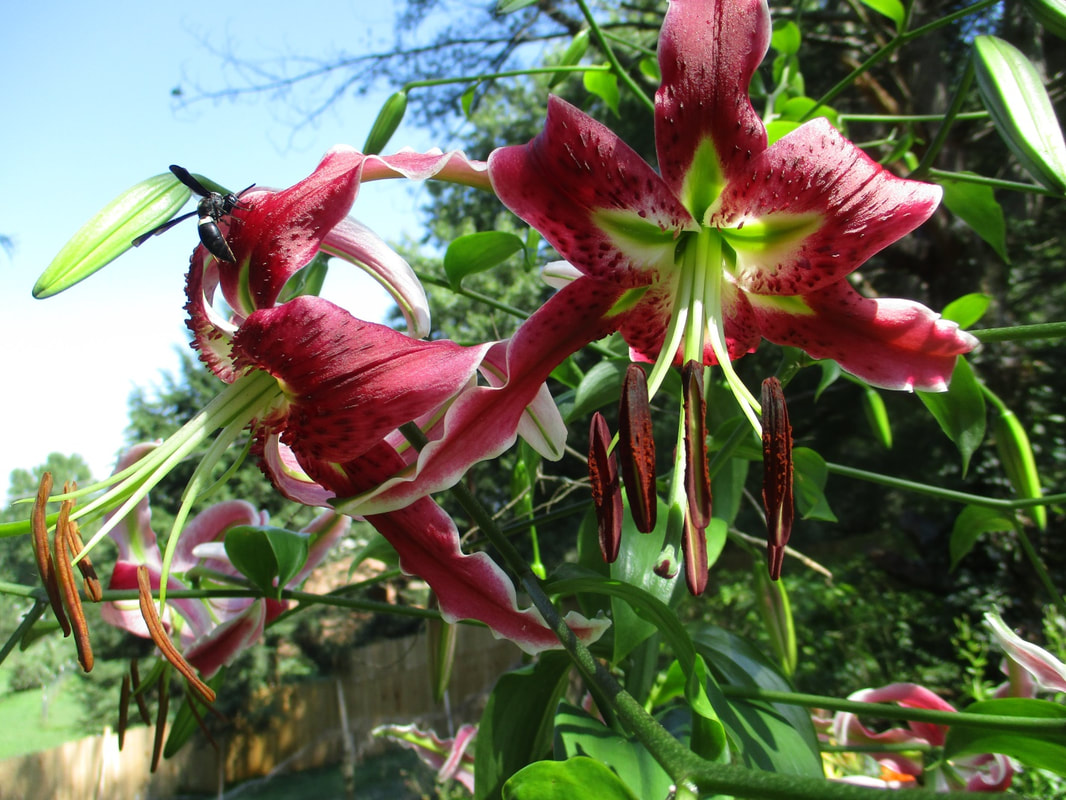
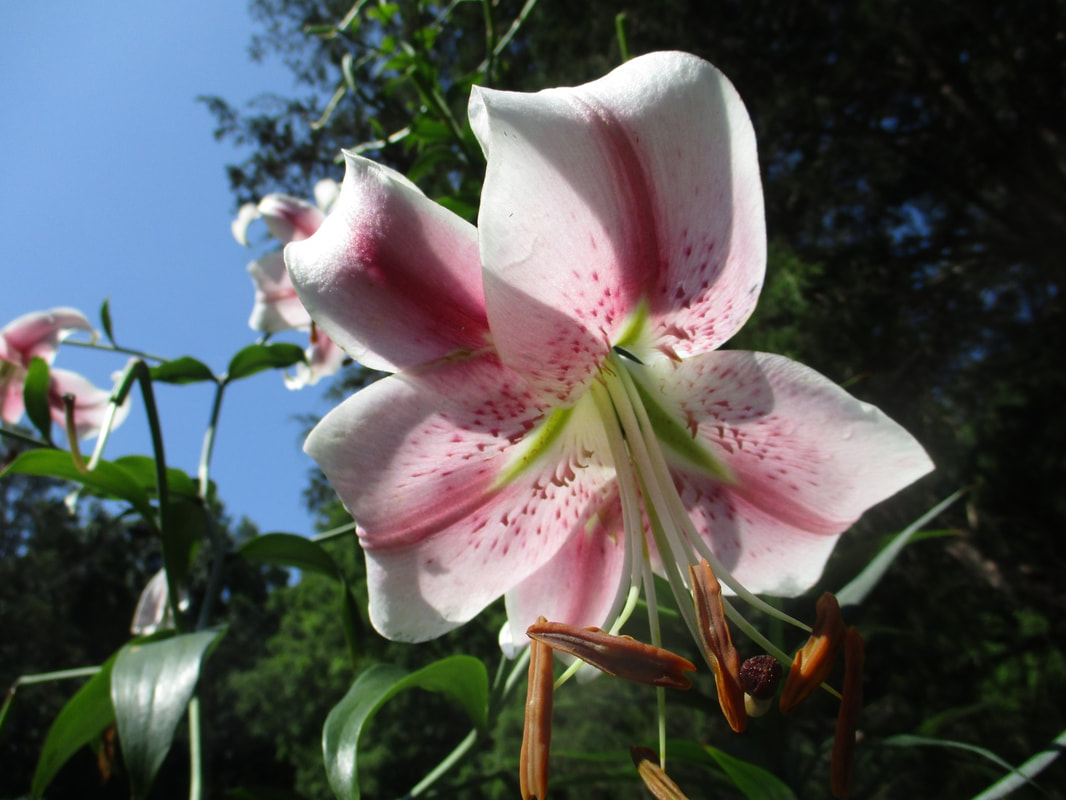
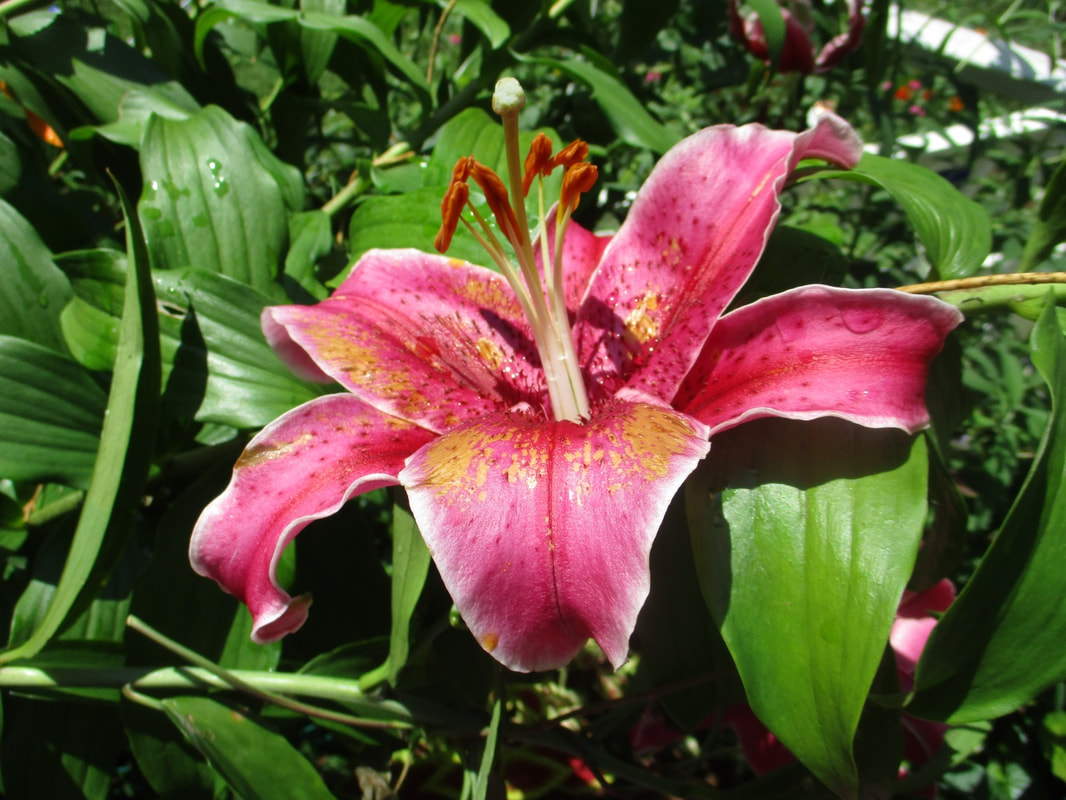
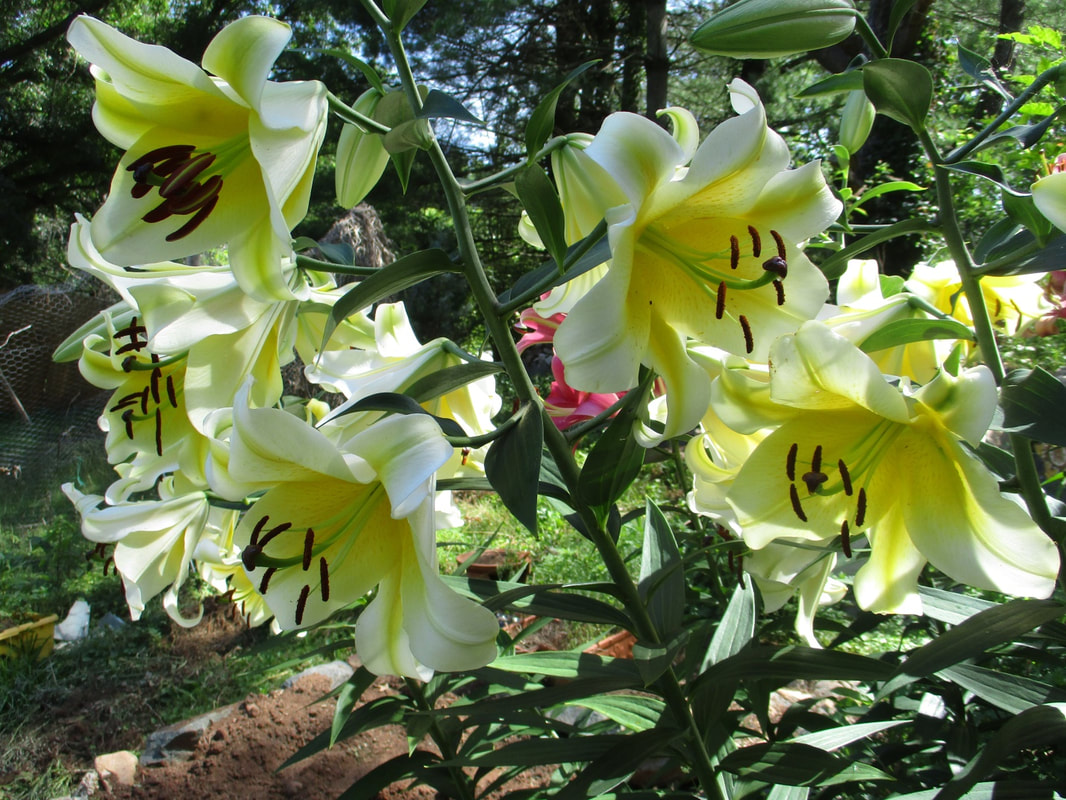

 RSS Feed
RSS Feed